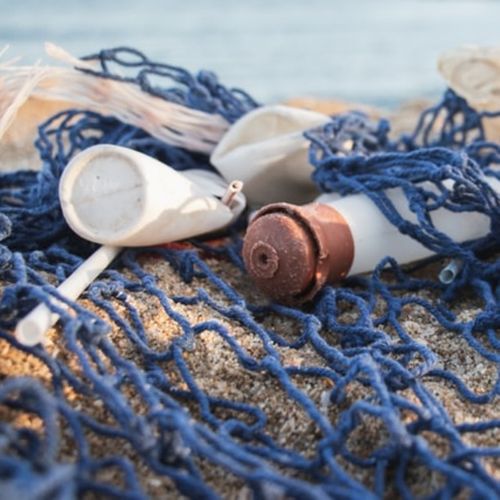Plastic, Pollution and the Great Pacific Garbage Patch
Jul 30, 2022 · 2 mins read
0
Share

Oceans cover over 70% of Earths surface and contain 97% of the worlds water. They also comprise over 5.25 trillion pieces of plastic pollution. The Great Pacific Garbage Patch, or GPGP, first described in 1997, is just one consequence of this marine contamination.
Save
Share
The massive floating collection of plastics, fibres and marine debris in the central North Pacific Ocean is divided into the Western Garbage Patch, from Hawaii to Japan, and Eastern Garbage Patch, from California to Hawaii. The GPGP is also known as the Pacific Trash Vortex.
Save
Share
Swirling ocean currents formed the GPGP. A gyre, or vast moving current, collects the waste along its path, constantly pulling trash towards the centre where it accumulates, gets trapped and builds up to form this heavily polluted synthetic patch in the waters.
Save
Share
Just how big is the GPGP? Ecologists and climate activists claim the giant plastic puddle is around 1.6 million square kilometres wide. That’s twice the size of Texas, or 3 times the entire expanse of the country of France. A ecological nightmare of astronomical proportions.
Save
Share
The GPGP causes untold damage to the environment. More than 100,000 aquatic and marine animals die annually as a result of ingestion of flotsam mistaken for food. Photodegradation means pieces are broken down into microplastics which pose hazards to all of Earths ecosystems.
Save
Share
Why haven’t we seen the GPGP on TV? The fact is the debris is made of microplastics and is so low density it evades detection by satellite imagery or even boaters in the area. Floating plastic litters the seas but these microfibres and particles are suspended below the surface.
Save
Share
The GPGP is estimated to contain 1.8 trillion plastic pieces. Some of the pieces recovered are over 50 years old. Around 25% is estimated to be discarded marine equipment like plastic netting, boxes and ropes, while the rest is land-based like balloons, bags and packaging.
Save
Share
Various charities have initiated admirable clean-up operations on the GPGP with cutting edge marine inventions and innovative green solutions but with between 1 and 2.5 million tonnes of plastic entering the oceans each year, they are fighting against the rising tide of rubbish.
Save
Share
Unfortunately, the Great Pacific Garbage Patch is just one of five massive offshore plastic accumulations in our oceans and every body of water in the world is in a perilous place in terms of pollution. There are more microplastics in the ocean than stars in the Milky Way!
Save
Share
Biodegradable PET plastics and bamboo substitutes are one viable way to ensure the GPGP and other patches of plastic pollution don’t keep growing in size.
We only have one world and it’s up to each of us to protect it, whichever side of the sea we live on. There is no Planet B!
Save
Share
0